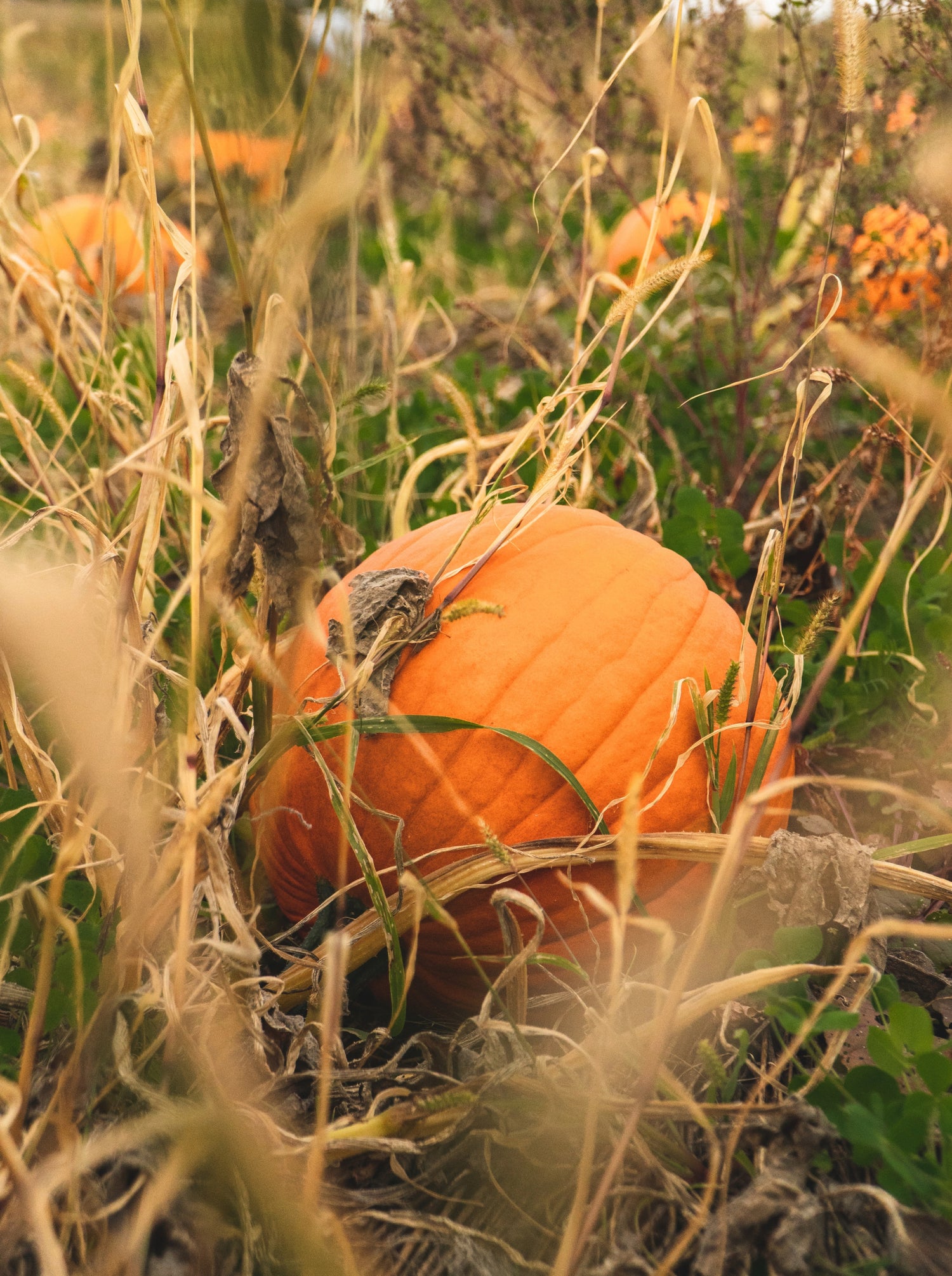As the vibrant colors of Halloween and Thanksgiving fade into memory, don't toss your leftover pumpkins away! Instead, join us on a journey to discover the amazing benefits of feeding your composting worms – those hungry red wigglers – with these seasonal treasures. In this comprehensive guide, we'll delve into the world of post-holiday pumpkin recycling and explore why it's a fantastic idea for both your garden and the environment.
Pumpkin Power: A Feast for Red Wigglers
When Halloween and Thanksgiving celebrations are over, and the carved jack-o'-lanterns and decorative pumpkins have served their purpose, it's tempting to discard them. But before you do, consider the potential these pumpkins hold for your garden and, more importantly, your composting worms.
Meet the Red Wigglers
Before we dive into the pumpkin-centric worm feast, let's get to know our primary guests: red wigglers, the composting worms that make this entire process possible.
Red wigglers, scientifically known as Eisenia fetida, are champion decomposers and thrive in composting systems. They are voracious eaters, capable of processing organic material at an astonishing rate. These worms play a vital role in breaking down organic waste and transforming it into nutrient-rich compost, which in turn enriches your garden soil.
Pumpkin Perks for Your Garden Worms
Pumpkins, with their bright orange hue and sweet flesh, might seem like a holiday novelty. However, they have much more to offer beyond festive decorations and tasty pies. When used as worm food, pumpkins can provide several valuable benefits for your red wigglers and, consequently, your garden.
Benefits of Feeding Pumpkins to Red Wigglers
1. Nutrient-Rich Food Source
Pumpkins are packed with essential nutrients, making them a fantastic addition to your worms' diet. They are rich in vitamins like A, C, and E, as well as minerals such as potassium and magnesium. These nutrients are not only beneficial for your red wigglers but also for the resulting compost.
2. Increased Microbial Activity
When you introduce pumpkins to your worm bin, you're not just providing a meal for the worms; you're kickstarting a microbial party. Pumpkins are known to stimulate microbial activity in the composting process, helping to break down organic matter even faster.
3. Enhanced Compost Quality
The compost produced by red wigglers fed with pumpkins is superior in quality. It's darker, richer, and teeming with beneficial microorganisms. This nutrient-dense compost can significantly improve the health of your garden soil.
4. Improved Soil Fertility
By incorporating pumpkin-fed worm castings into your garden soil, you'll notice improved fertility over time. The added organic matter, nutrients, and microbial life will make your plants thrive.
5. Sustainable Waste Reduction
Feeding your pumpkins to red wigglers is an eco-friendly way to reduce food waste. Rather than sending them to the landfill, where they contribute to greenhouse gas emissions, you're repurposing them into valuable resources for your garden.
Preparing Pumpkins for Your Red Wigglers
Now that you're convinced of the benefits let's dive into the practical aspects of preparing and feeding pumpkins to your red wigglers.
Choosing the Right Pumpkins
Not all pumpkins are created equal when it comes to worm food. Opt for organic pumpkins or those that haven't been treated with pesticides. Smaller pumpkins are preferable, as they are easier for the worms to handle. Avoid pumpkins that are moldy or rotting.
Chopping and Shredding
To make it easier for your red wigglers to consume the pumpkins, chop or shred them into smaller pieces. Smaller chunks break down faster and provide more surface area for the worms to work on.
Balancing the Diet
While pumpkins are a nutritious addition to your worms' diet, it's essential to maintain a balanced diet. Combine pumpkins with other kitchen scraps like fruit and vegetable peels, coffee grounds, and eggshells or oyster shell flour to ensure your worms get a variety of nutrients.
Monitoring Moisture Levels
Pumpkins have a high water content, which can affect the moisture level in your worm bin. Monitor moisture levels closely and add dry bedding materials like shredded newspaper or leaves if the bin becomes too wet. It’s best to add dry shredded cardboard or paper before adding the pumpkin and then add another dry layer over the top of the pumpkin to keep out insects.
Pumpkin Feeding Tips and Best Practices
Feeding your red wigglers pumpkins can be an enjoyable and rewarding experience. Here are some tips and best practices to make the process smoother:
- Feed in Moderation: While pumpkins are nutritious, don't overwhelm your worm bin with them. Feed pumpkins in moderation to prevent overloading the bin and to maintain a balanced diet for your worms. No more than a cup at a time to each lb. of worms.
- Mix with Other Food Scraps: Combine pumpkin chunks with other food scraps to ensure a diverse diet for your red wigglers. This variety of organic matter will promote a healthier worm population.
- Bury the Pumpkin Pieces: To prevent fruit flies and other pests, bury the pumpkin pieces beneath the surface of the bedding material in your worm bin. This will keep the worms happy and deter unwanted visitors. As mentioned above, place dry shredded cardboard then pumpkin then more dry shredded cardboard.
- Patience Pays Off: Composting with red wigglers is a gradual process. It may take several weeks for the worms to break down pumpkins completely. Be patient, and you'll eventually reap the rewards in the form of nutrient-rich worm castings.
Harvesting Worm Castings
Gently scoop out the castings from the top layer of your worm bin. Make sure to avoid disturbing the worms too much. The castings are ready when they have a dark, crumbly texture.
Using Worm Castings
Worm castings are a potent organic fertilizer. Mix them with your garden soil, apply them as a top dressing for plants, or create a nutrient-rich compost tea for watering your garden. The possibilities are endless! Here is a guide on how to apply your worm castings.
Feeding your red wigglers pumpkins after Halloween and Thanksgiving is not just a clever way to repurpose seasonal decorations – it's a sustainable and eco-friendly practice that benefits both your garden and the environment. By harnessing the power of red wigglers and their ability to transform pumpkins into nutrient-rich compost, you're contributing to a healthier garden and a greener planet.
So, this holiday season, before you bid farewell to your pumpkins, consider giving them a second life in the hands (or rather, the bellies) of your red wigglers. The rewards are bountiful, from improved soil fertility to sustainable waste reduction. With this eco-conscious approach, you'll not only be nurturing your garden but also helping the planet thrive.



Leave a comment
All comments are moderated before being published.
This site is protected by reCAPTCHA and the Google Privacy Policy and Terms of Service apply.